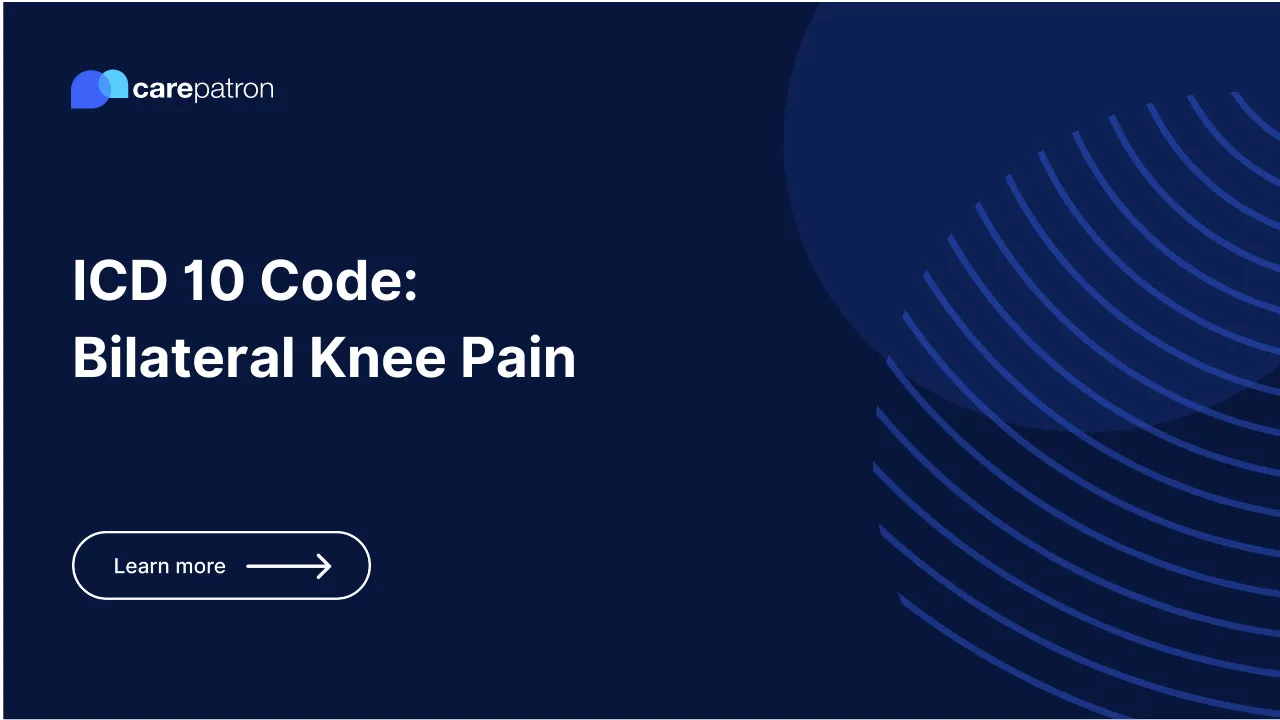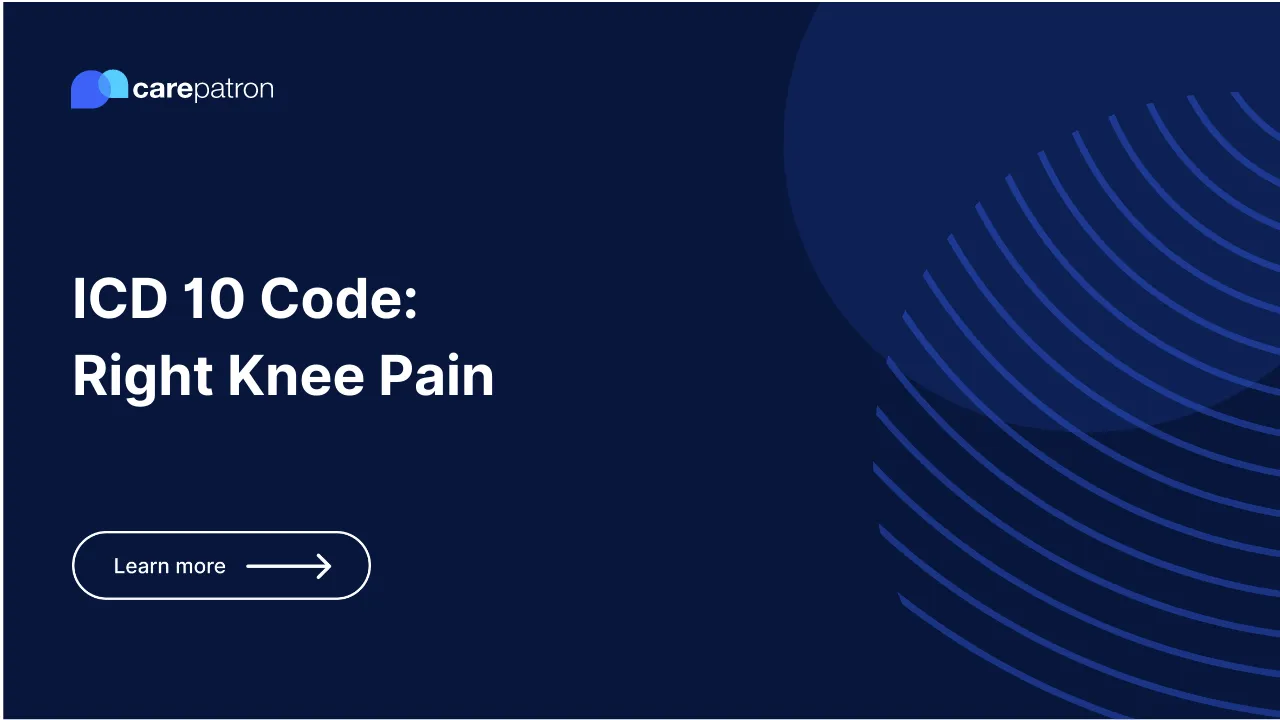M47.816 -Spondylosis Without Myelopathy Or Radiculopathy, Lumbar Region
Discover the ICD-10-CM code M47.816 for lumbar spondylosis without myelopathy or radiculopathy, including clinical information, synonyms, related codes, & FAQs.

M47.816 Diagnosis Code: Spondylosis Without Myelopathy Or Radiculopathy, Lumbar Region
- M47.816 refers to spondylosis in the lumbar region without myelopathy or radiculopathy.
- Spondylosis is a degenerative condition affecting the spinal joints and discs, causing pain and stiffness.
- The lumbar region is the lower back, which is the most common area for spondylosis to occur.
- Symptoms may include lower back pain, stiffness, and limited range of motion.
- Diagnosis may involve a physical examination, medical history, and imaging studies such as X-rays, MRI, or CT scans.
- Treatment options include pain management, physical therapy, lifestyle modifications, and in some cases, surgery.
Is M47.816 Billable?
Yes, M47.816 is a billable ICD-10-CM code for spondylosis without myelopathy or radiculopathy in the lumbar region. This code can be used for reimbursement purposes by healthcare providers. Moreover, the specificity of the code allows for accurate documentation and tracking of lumbar spondylosis cases.
Clinical Information
- Lumbar spondylosis is typically age-related and occurs as spinal discs lose hydration and elasticity.
- Risk factors include age, obesity, sedentary lifestyle, previous injury, and genetic predisposition.
- Conservative treatment options such as exercise, physical therapy, and over-the-counter pain relievers are often effective.
- In some cases, referral to a specialist, such as a physiotherapist or chiropractor, may be necessary.
- Maintaining a healthy weight, engaging in regular physical activity, and practicing proper posture can help prevent lumbar spondylosis.
Synonyms Include:
- Lumbar spine spondylosis
- Degenerative lumbar spine
- Lumbar osteoarthritis
- Lumbar degenerative disc disease
- Lumbar spondylosis without nerve involvement
Other ICD-10 Codes Commonly Used for Lumbar Region
- M54.5: Low back pain
- M51.26: Other intervertebral disc displacement, lumbar region
- M51.36: Intervertebral disc degeneration, lumbar region
- M54.16: Radiculopathy, lumbar region
- M43.06: Spondylolisthesis, lumbar region
- M48.06: Spinal stenosis, lumbar region
- M53.3: Sacrococcygeal disorders, not elsewhere classified
- M99.03: Segmental and somatic dysfunction of the lumbar region
- M46.26: Other infective spondylopathy, lumbar region
- M41.26: Other secondary scoliosis, lumbar region
.png)
Commonly asked questions
Yes, untreated or poorly managed lumbar spondylosis can contribute to more severe spinal conditions such as spinal stenosis or spondylolisthesis.
Yes, in severe cases or when conservative treatments fail, surgery may be considered, including spinal fusion or disc replacement.
While age-related wear and tear on the spine cannot be entirely prevented, maintaining a healthy lifestyle, practicing proper posture, and engaging in regular exercise can help reduce the risk of developing lumbar spondylosis.






.webp)
.webp)
.webp)
.webp)
.webp)
.webp)
.webp)
.webp)
.webp)
.webp)
.webp)
.webp)
.webp)
.webp)
.webp)
.webp)
.webp)
.webp)
%2520(1).webp)
.webp)
.webp)
.webp)
.webp)
.webp)
.webp)
.webp)
.webp)
.webp)
.webp)
.webp)
.webp)
.webp)
.webp)
.webp)
%2520(1).webp)
.webp)
.webp)
.webp)
.webp)
.webp)
.webp)
.webp)
.webp)
.webp)
.webp)
.webp)
.webp)
.webp)
.webp)
.webp)
.webp)
.webp)
.webp)
.webp)
.webp)
.webp)
.webp)
.webp)
.webp)
.webp)
.webp)
.webp)
.webp)
.webp)
.webp)
.webp)
.webp)
.webp)
.webp)

.webp)
.webp)
.webp)
.webp)
.webp)













.webp)
.webp)




.webp)

